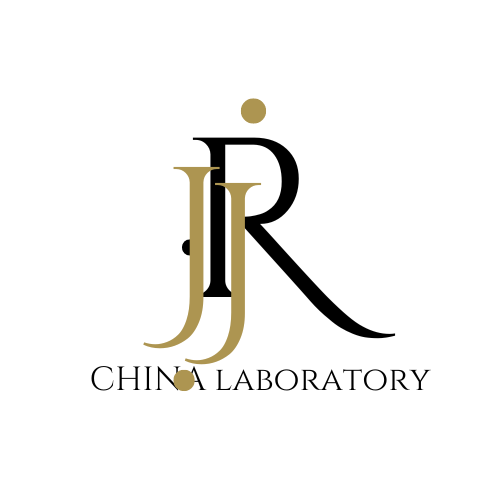
RoHS Testing on Medical Devices
Medical devices classified as electrical and electronic products fall under the scope of EU RoHS regulations, except for active implantable medical devices. According to the EU RoHS directive, electrical and electronic products are defined as devices that rely on electric current or electromagnetic fields to operate, as well as those that generate, transmit, or measure electric currents and electromagnetic fields, with a rated voltage not exceeding 1000V AC or 1500V DC.
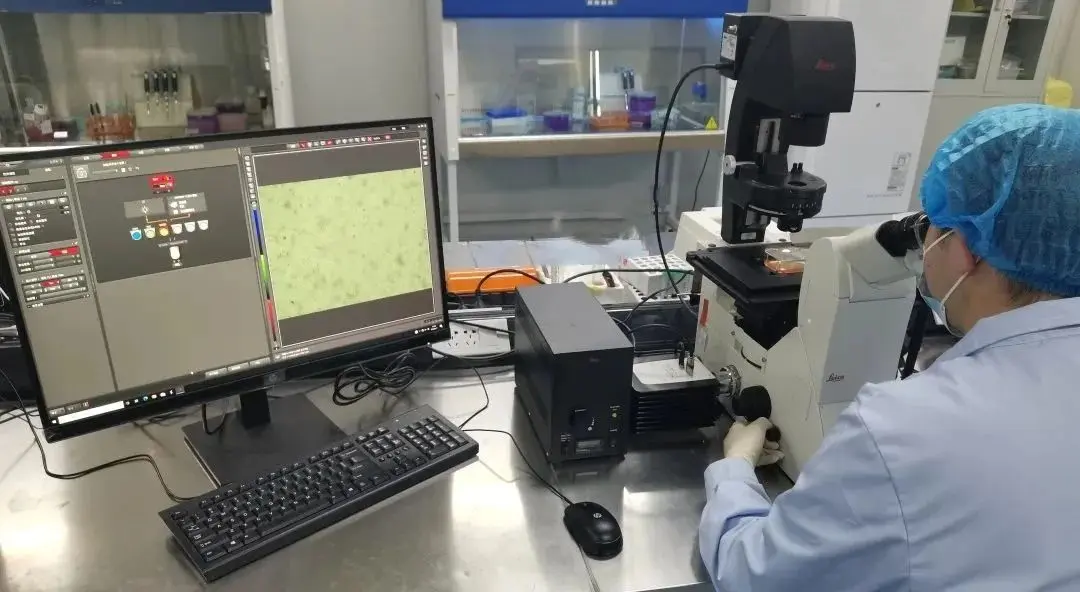
Controlled Substances in Medical Devices
On March 31, 2015, the Official Journal of the European Union published Directive (EU) 2015/863, which amended Annex II of Directive 2011/65/EU by expanding the list of restricted substances to 10. As of July 22, 2021, medical devices entering the EU market must comply with RoHS regulations regarding the following substances:
- Lead (Pb) – commonly found in plastics, coatings, inks, metals, glass, ceramics, magnetic materials, solder, PCBs, components, paper, and textiles.
- Mercury (Hg) – often used in electrical switches, relays, fluorescent lamps, and batteries.
- Cadmium (Cd) – present in plastics, coatings, metals, glass, ceramics, electronic components, paper, and textiles.
- Hexavalent Chromium (Cr(VI)) – used in plastics, coatings, inks, foams, textiles, paper, metal plating, glass, and ceramics.
- Polybrominated Biphenyls (PBB) & Polybrominated Diphenyl Ethers (PBDE) – mainly found in plastics, foams, and textiles as flame retardants.
- Phthalates (DEHP, DBP, BBP, DIBP) – frequently used as plasticizers in coatings, wire insulation, packaging, plastics, inks, textiles, and glass.
Hazards and Applications of the Four Newly Added Phthalates
These four phthalates (DEHP, DBP, BBP, DIBP) pose serious health risks. They may harm unborn babies, impair reproductive health, and interfere with the human hormone system, particularly affecting male sexual development, potentially leading to infertility in adulthood. These substances are widely used as plasticizers in medical device components, including coatings, wire insulation, packaging materials, and other parts made from plastic or rubber.
Exemptions for Medical Device Materials
Certain materials used in medical devices can be exempt under the provisions of Annex III of the EU RoHS directive. Additionally, Annex IV includes specific exemptions applicable to medical devices, as well as monitoring and control equipment.
High-Risk Substances and Materials in Medical Devices
Among the restricted substances, lead, cadmium, hexavalent chromium, and phthalates (DEHP, DBP, BBP, DIBP) pose the highest risks in medical devices. However, some materials containing these substances may still comply with RoHS regulations if they qualify for exemptions.
- Lead (Pb): High-risk substance present in multiple materials, including plastics, coatings, and electronic components.
- Cadmium (Cd): Found in coatings, metals, ceramics, and other medical device materials.
- Hexavalent Chromium (Cr(VI)): Used in metal plating, coatings, and foams, posing a significant risk.
- Flame retardants (PBB & PBDE): Medium-risk substances commonly used in plastics and textiles.
- Phthalates (DEHP, DBP, BBP, DIBP): High-risk plasticizers that impact various medical device components.
Recommendations from China JJR Laboratory
China JJR Laboratory strongly recommends that companies ensure their medical devices comply with RoHS10 regulations before entering the EU market after July 22, 2021. In addition to monitoring hazardous substance levels, manufacturers should stay informed about exemption updates for specific materials to guarantee regulatory compliance.
Email:hello@jjrlab.com
Write your message here and send it to us
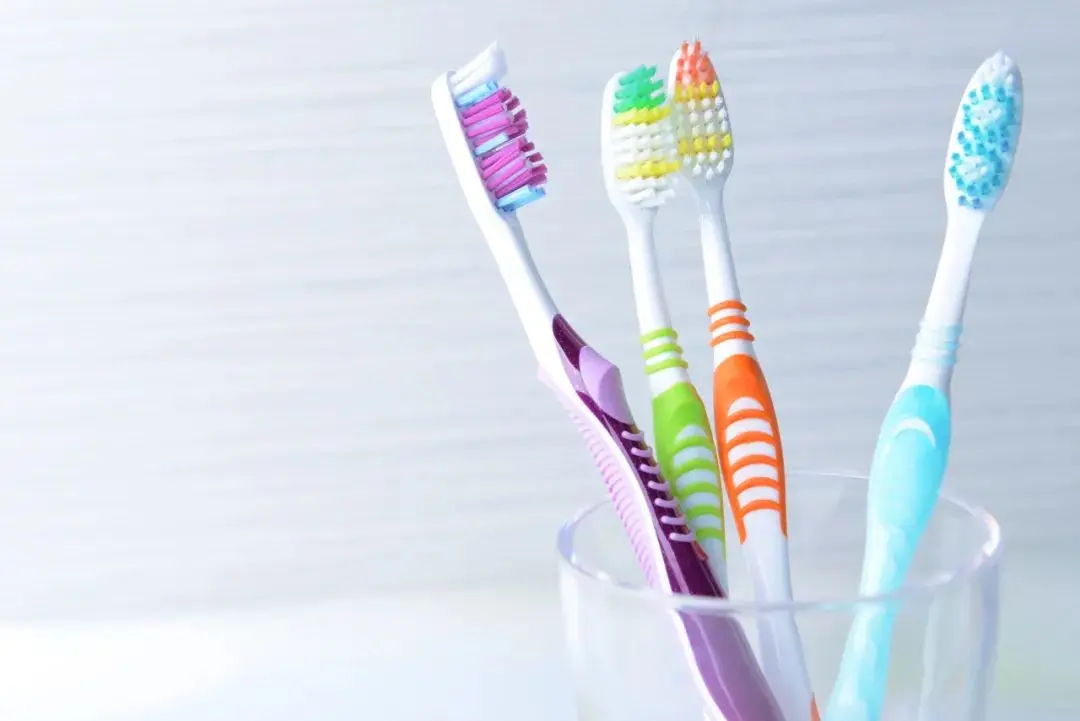 Toothbrush FDA Certification Testing
Toothbrush FDA Certification Testing
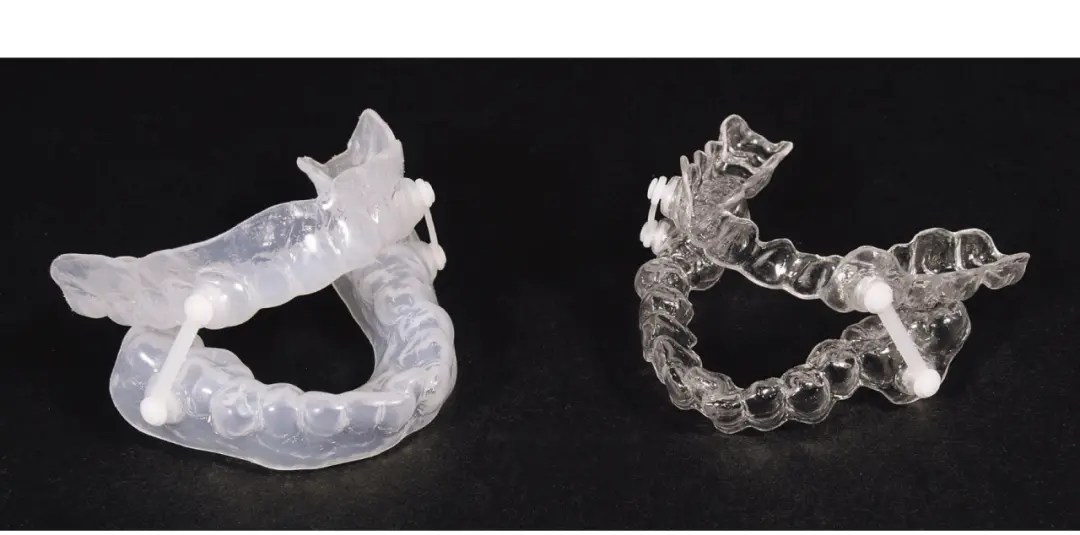 Snoring Device FDA 510k Standard Testing
Snoring Device FDA 510k Standard Testing
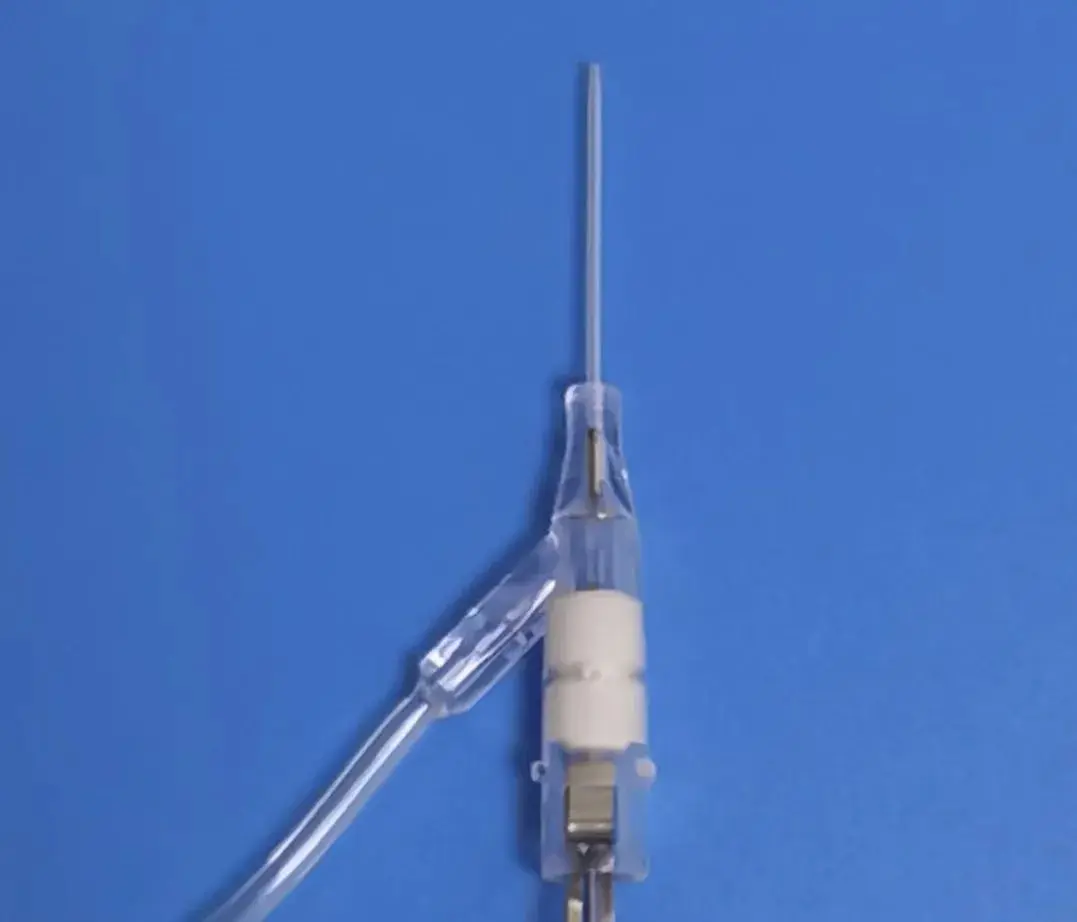 Single Use Intravenous Catheter Certification Test
Single Use Intravenous Catheter Certification Test
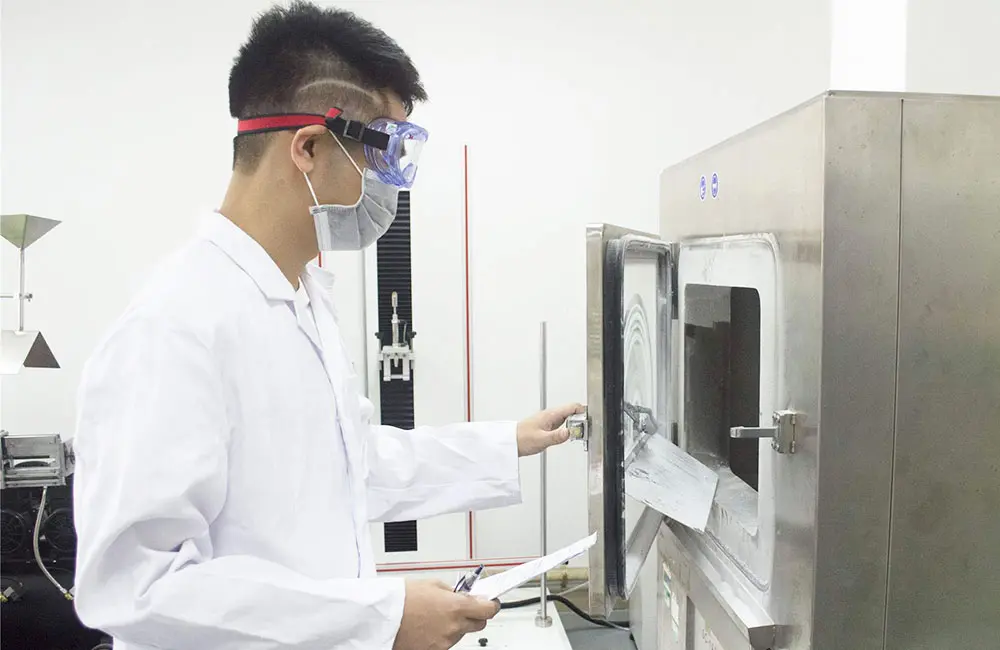 Silicone Material Product Compliance Certification
Silicone Material Product Compliance Certification
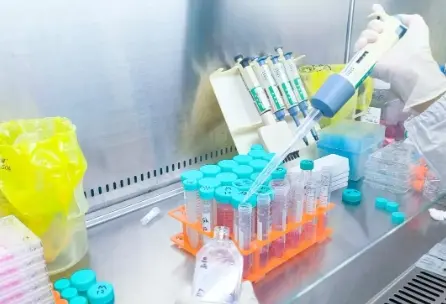 What to Do If Cytotoxicity Test Results Are Positi
What to Do If Cytotoxicity Test Results Are Positi
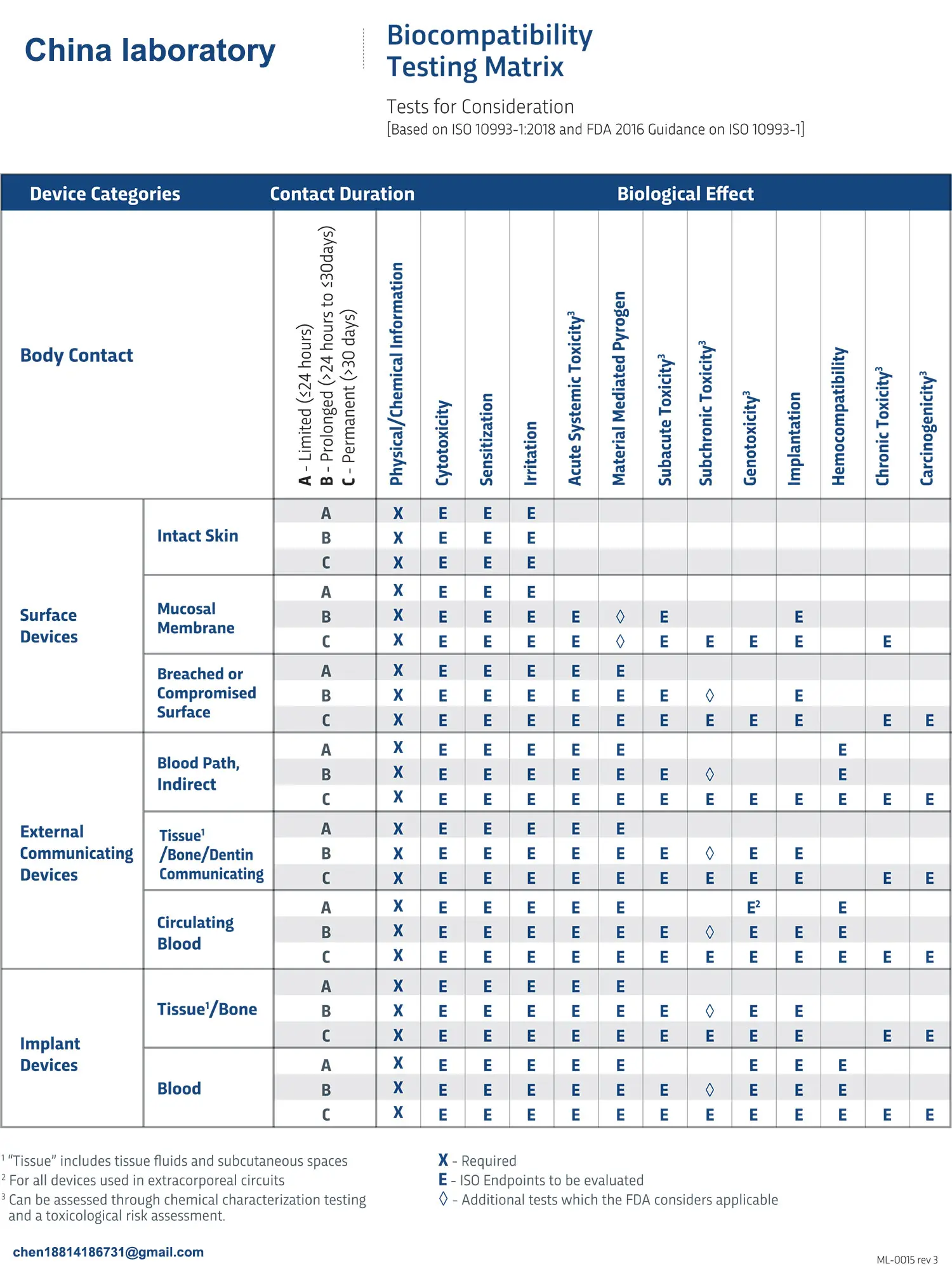 ISO 10993:5 Cytotoxicity Testing Methods
ISO 10993:5 Cytotoxicity Testing Methods
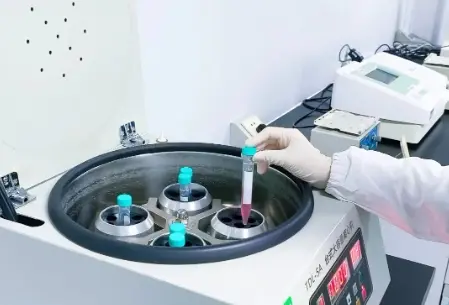 FDA ISO 10993-1 Biocompatibility Evaluation Guidel
FDA ISO 10993-1 Biocompatibility Evaluation Guidel
 In Vitro Cytotoxicity Testing for Medical Devices
In Vitro Cytotoxicity Testing for Medical Devices
Leave us a message
24-hour online customer service at any time to respond, so that you worry!
